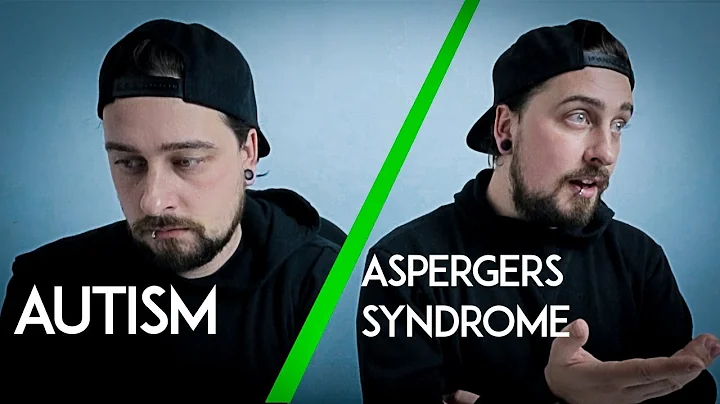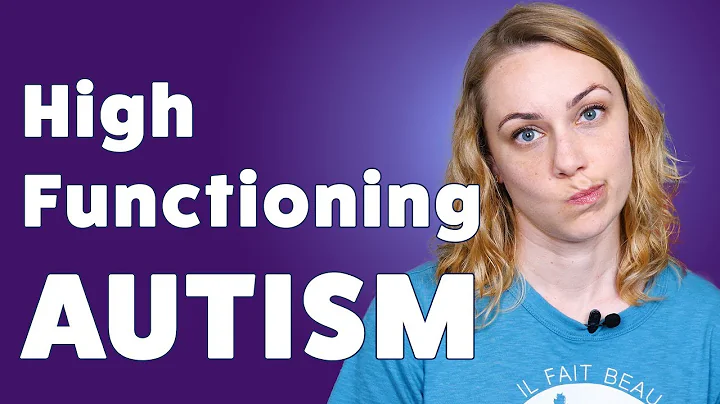Research in cognitive psychology has found that these decision-making errors are caused by cognitive biases, which can lead decision-makers astray and fall into decision-making traps.
In this book, the author cites dozens of fascinating cases to show how cognitive biases often lead us all to fall into 9 common decision-making traps, even those of well-known business giants. And logically group common cognitive biases into five categories that are easier to remember.
is a set of technology and process systems that use collective intelligence to help decision-makers make decisions. It provides a total of 40 specific decision-making skills in 3 categories. This is an operational tool extracted from the development of behavioral economics and cognitive psychology to help you make effective decisions.
Wonderful book excerpts:
Storytelling Traps
When we believe in the importance of our own experiences, experience bias will occur. If a story is something we want to hear, it will have a huge impact on us.
Imitation trap
Survivor bias makes us only focus on successful cases and ignore failure cases, and therefore believe that success comes from taking risks.
The Gut Trap
Typically, the more strategic the decision, the less helpful intuition is: strategic decisions are rare and made in environments with low validity and unclear feedback.
Overconfidence Trap
Overaccuracy means that we are overconfident in the accuracy of our predictions.
We severely underestimate our competitors and sometimes completely forget to predict how our competitors will react.
Inertia Trap
Inertia leads to insufficient response to disruptive innovation.
Risk perception trap
Uncertainty aversion: We are more willing to take a quantifiable risk than unknown risks.
Hindsight Bias: “I knew it was going to happen!”
Time Range Trap
Short-termism is the result of loss aversion coupled with present bias.
Groupthink Trap
Groupthink is harmful to groups because it prevents useful private information from being disclosed. Groups can also amplify majority opinions and lead to group polarization.
Conflict of Interest Trap
Regulations on information disclosure cannot make self-interest bias disappear, but sometimes make the situation worse.
Decision-making skills for dealing with bias
Dialogue
Create the conditions for dialogue, which never happens out of the blue.
Ground rules for establishing dialogue: we need to abide by certain taboos.
sparks conversations and chooses the approach that fits your management style and company culture.
Don’t be afraid to disagree: the leader is the one who ultimately makes the decisions.
Seeing things from different angles
Diverse and divergent perspectives means looking at things from different angles to limit bias, especially pattern recognition bias.
Choosing between diverse and divergent viewpoints requires high-quality, fact-based analysis.
In any situation, it pays to be humble when dealing with diverse and differing viewpoints.
Decision-making Motivation Mechanism
Create a free and informal environment: establish personal relationships; cultivate a culture of "say what you have to say"; and establish an appropriate incentive mechanism.
combines long-term vision with flexibility: wait until the story is complete before telling it; don't hesitate to change your mind if there's good reason.






















